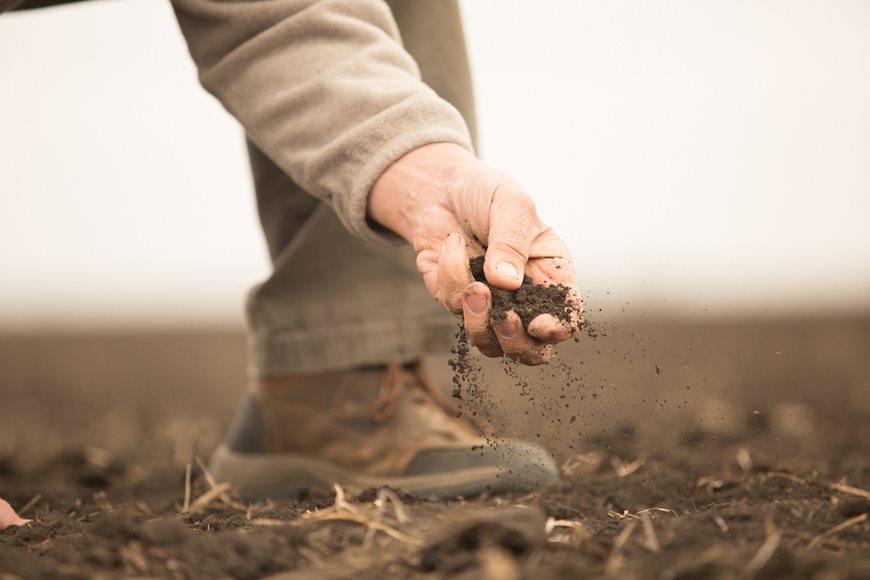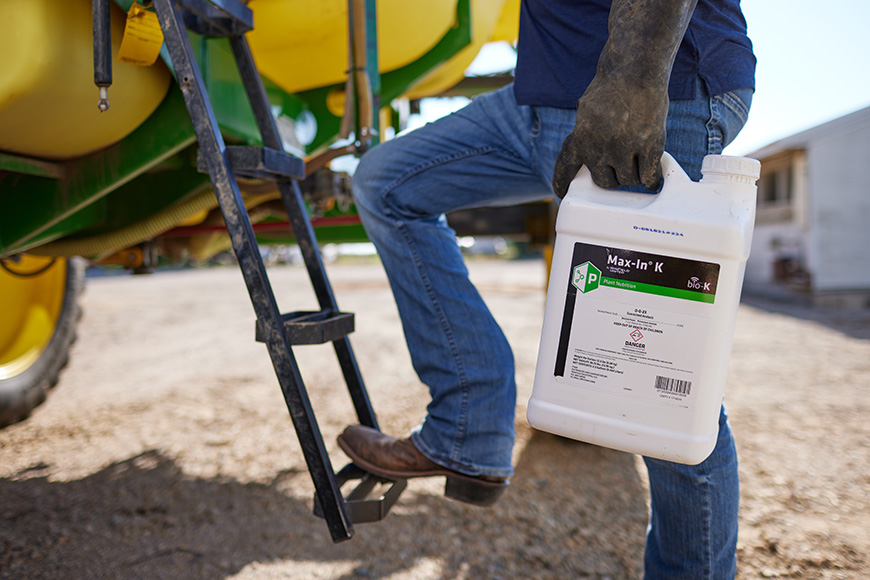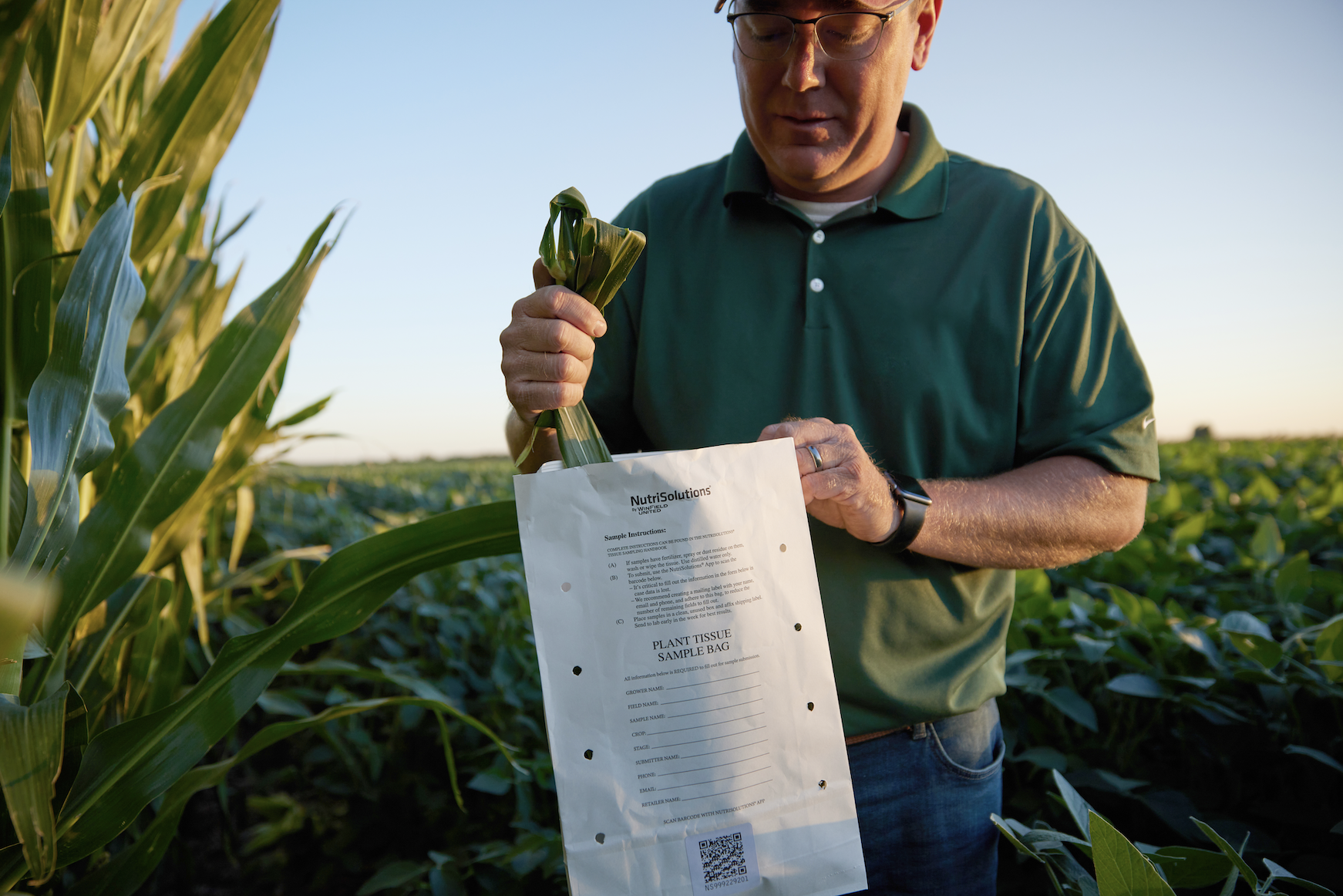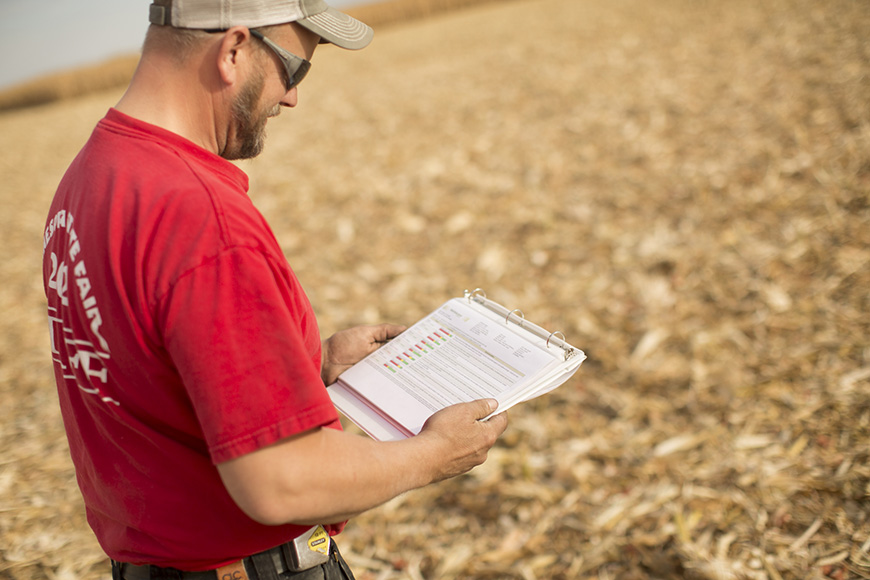Digging into Fall Soil Prep

Harvest not only marks the end of one season, it also marks the beginning of the next. As this year’s crop comes out of the field, it’s time to start soil preparations for 2022. Taking time to assess and replenish fertility levels and soil health will give your crops a head start for next season.
The following are a few key steps I recommend taking to help achieve optimum crop production next year.
Assess Soil Nutrient Levels
Once your fields are harvested, it’s a great idea to take soil samples or review previous samples and evaluate the results alongside this season’s yield maps. Soil tests will identify any phosphorus or potassium deficiencies, while yield maps will show the amount of nutrients removed by this season’s crop. Together, this information will help you plan the crop nutrient amounts needed for next season based on actual numbers rather than estimations.
Consider Making A Fall Base Nitrogen Application
If postharvest conditions allow, it can be beneficial to implement partial or base nitrogen applications in the fall and then test soil nitrate levels prior to sidedress in the spring to determine additional needs to meet next season’s crop performance goals. Doing this ensures nitrogen will be available in the soil at planting as well as throughout the rest of the growing season. If weather delays spring applications, this nitrogen management strategy provides more time to assess fertility needs based on early-season crop and soil conditions.
If fall applications are made, be sure to consider the effects of soil texture, moisture levels and temperature to avoid leaching and denitrification issues. Fall nitrogen applications should not be made until soil cools to 50 degrees F or lower, when soil bacteria begin to go dormant. To properly mitigate risk of loss, fall-applied nitrogen must be applied with a stabilizer, such as N-Serve® for anhydrous ammonia, to prevent it from converting into a mobile nitrate form that can move off target.
Amend Phosphorus and Potassium Levels
If fall soil samples identify any phosphorus or potassium deficiencies, you can apply these nutrients at any time after harvest. To ease spring workloads, broadcast applications may be made in the fall and incorporated into the soil. If a spring application works better, phosphorus and potassium can also be applied in the spring before planting.
Correct Compaction Issues
Another important issue to assess in the fall is soil compaction. Before doing any fall tillage, check compaction depth to help determine the proper tillage tool to use, the accurate tillage depth and the tillage speed needed to loosen soil and get ready for next season. Make yourself aware of current soil moisture status. Some of the best intentions for fall tillage can make compaction issues worse if soil conditions are too wet.
The prep work for your 2022 seedbed begins now. For more information about fall soil preparation, contact your local WinField United retailer.
All photos are either the property of WinField United or used with permission.
© 2021 WinField United. Important: Before use always read and follow label instructions. Crop performance is dependent on several factors many of which are beyond the control of WinField United, including without limitation, soil type, pest pressures, agronomic practices and weather conditions. Growers are encouraged to consider data from multiple locations, over multiple years and to be mindful of how such agronomic conditions could impact results. WinField is a trademark of WinField United. N-Serve is a trademark of Corteva Agriscience. All other trademarks are the property of their respective owners.





